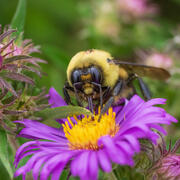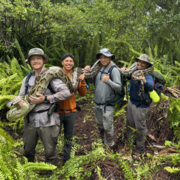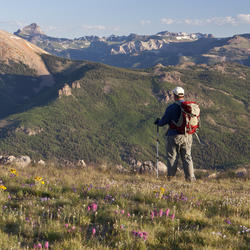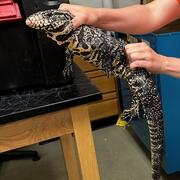Fish and Wildlife
Learn more about FORT research on fish and wildlife.
Fish and wildlife research in support of the Department of the Interior
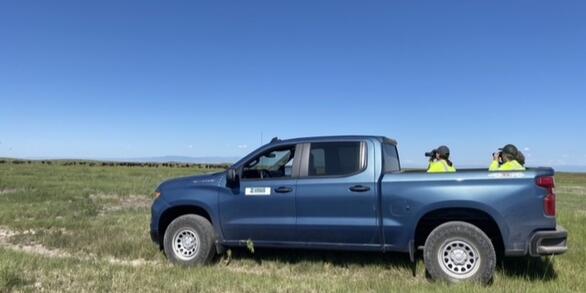
FORT fish and wildlife researchers provide sound science to support the Department of the Interior in its efforts to preserve American heritage, streamline species listing decisions and promote species recovery, manage wild horses and burros using efficient, cost-effective tools, and sustain hunting and fishing on public lands.


